
How to Fix iPhone Slow After iOS 18/17 Update? - 12 Effective Fixes

"After the recent iOS 17/18 update, I have noticed my phone is acting incredibly slow, mostly noticeable on refresh rate and while I am scrolling on social media. Anyone else feel the same?"
- from Reddit
Every time Apple releases a new iOS update, many users look forward to experiencing new features and improvements. However, many users find their iPhone slow after iOS 18/17 update. Whether it's opening apps, scrolling through screens, or performing daily tasks, users often encounter lag. This situation can significantly impact the user experience and can even be frustrating. Why is iOS 18 so laggy? How can these issues be resolved to restore the iPhone's smooth performance? This article will provide a comprehensive explanation and solutions.
The iPhone slow after iOS update issue can stem from various reasons. Understanding these causes can help you better address and resolve the lag. Here are the possible reasons:
Why is my phone so slow after iOS 18 update? Now you know the possible reasons, here are some fixes you can try to fix this issue.
Poor network connectivity can slow down your device, especially when using apps or features that require internet support. Ensuring a stable Wi-Fi or mobile data connection can significantly improve system responsiveness.
Here are the steps:
Step 1. Go to "Settings" > "Wi-Fi" or "Settings" > "Cellular".
Step 2. Check if the network connection is stable and try switching networks.
Step 3. If issues persist, reset your network settings: Go to "Settings" > "General" > "Transfer or Reset iPhone" > "Reset Network Settings", enter your password, and confirm the reset.
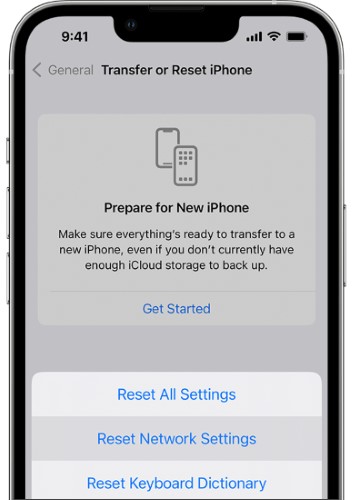
After running for an extended period, certain cache and temporary files may affect the device's performance. Restarting your iPhone is a simple and effective way to refresh the system and improve speed.
To restart the iPhone, follow the steps below:
Step 1. Press and hold the "Power" button and either the "Volume" button until the "slide to power off" option appears.
Step 2. Slide the screen to turn off the iPhone.
Step 3. After a few seconds, press and hold the "Power" button again to restart the device.
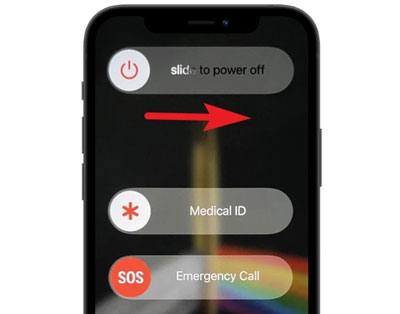
Many apps running in the background can consume the device's memory and processor resources, affecting overall performance. Closing unnecessary background apps can free up these resources.
Here is how to do it:
Step 1. If your device has a "Home" button, double-click it; otherwise, swipe up from the bottom and pause to open the app switcher.
Step 2. Swipe up on the apps you don't need to close them.
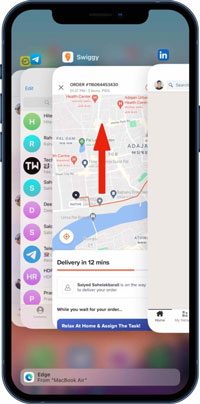
Background app refresh allows apps to update content in the background, even when you're not actively using them. While this can be convenient, it may also affect performance; turning off this feature can improve device speed.
To do this, follow the steps below:
Step 1. Go to "Settings" > "General" on your iPhone.
Step 2. Select "Background App Refresh" and turn off unnecessary apps.
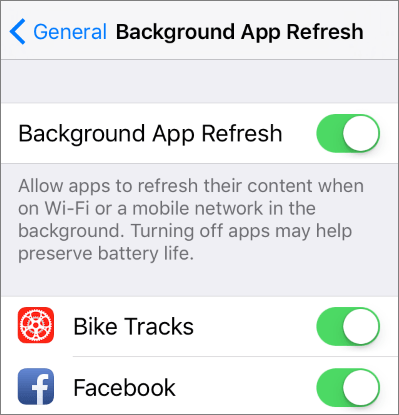
Some applications may become incompatible with the new system after an iOS update, leading to decreased performance. Updating these apps promptly can fix compatibility issues and improve speed.
Here's how it works:
Step 1. Open the App Store.
Step 2. Tap your profile icon in the top right corner to access your account page.
Step 3. Scroll down to see if there are any apps available for update, then tap "Update All" or update the specific apps you need.
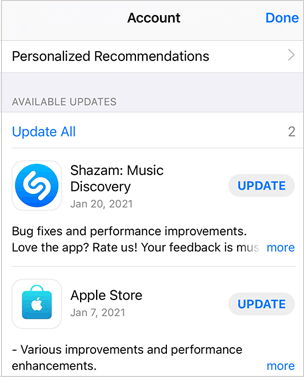
You can also uninstall the crashing apps on your iPhone to solve this issue. If you don't know how to delete apps from your iPhone, you can read the following article.
[Full Guide] How to Delete iPhone Apps Permanently in 6 Ways?The cache, history, and cookies accumulated by the Safari browser may slow down the system. Regularly clearing this data can improve browsing speed and overall system responsiveness.
Here is how to do it:
Step 1. Go to "Settings" > "Safari".
Step 2. Scroll down and tap "Clear History and Website Data".
Step 3. Confirm the clearing action and wait for the process to complete.
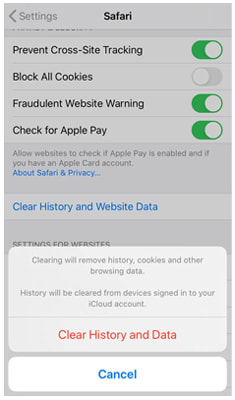
Check the battery health status; if it's low, consider replacing the battery. Additionally, enabling the Low Power Mode can help alleviate performance issues.
Here are the steps:
Step 1. Open "Settings" and tap "Battery".
Step 2. Check "Battery Health"; if performance is low, you can contact Apple for a battery replacement.
Step 3. You can also enable "Low Power Mode" to extend battery life and reduce background activity.
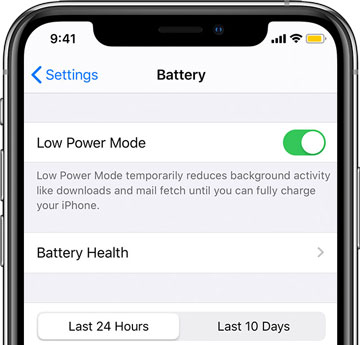
The dynamic and transparency effects in iOS are visually appealing but can increase the device's processing load. Reducing these effects can enhance the device's smoothness.
To do this, follow the steps below:
Step 1. Go to "Settings" > "Accessibility" > "Motion" > turn on "Reduce Motion".
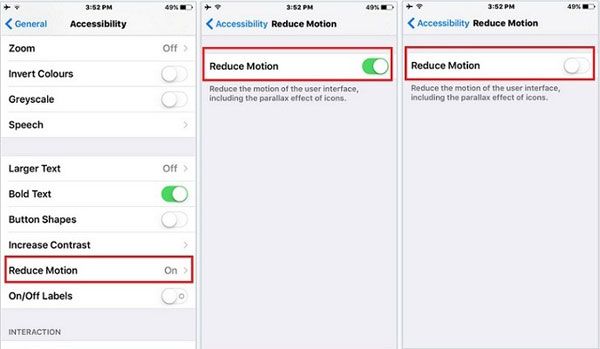
Step 2. Return to "Accessibility" > "Display & Text Size", and enable "Reduce Transparency".
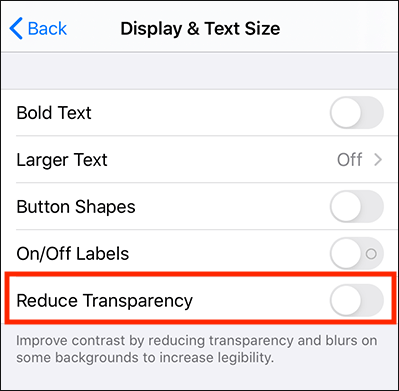
Insufficient storage space is one of the common reasons for iOS 18 laggy. You can free up iPhone space to solve this issue.
To check your iPhone storage, follow the steps below:
Step 1. Open "Settings" and select "General".
Step 2. Tap "iPhone Storage" to view storage details.
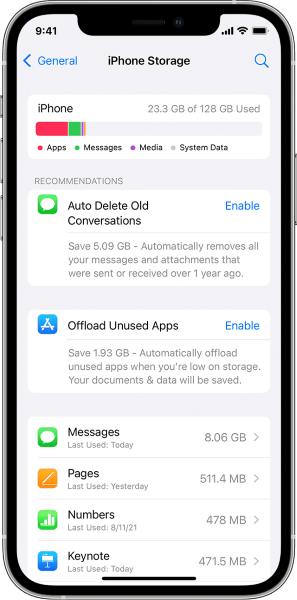
Step 3. Delete any files, photos, or videos you no longer need or uninstall apps that take up a lot of space to free up storage.
If the system issues persist, you can try resetting all settings. This action won't delete data but will restore system settings to default, which may effectively fix the problems.
Here is how to do it:
Step 1. Go to "Settings" > "General" > "Reset" > "Reset All Settings".
Step 2. Enter your password and confirm the action, then wait for the device to complete the reset.
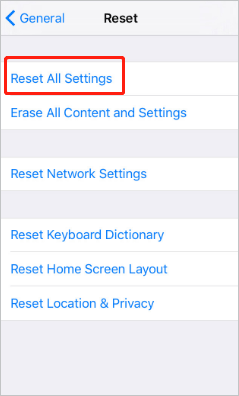
If all other methods fail to resolve the iOS 18 laggy issue, restoring factory settings may be the last resort. Please back up your data beforehand, as this process will erase everything.
Here is how it works:
Step 1. Go to "Settings" > "General" > "Reset" > "Erase All Content and Settings".
Step 2. Enter your password and confirm, then wait for the device to complete the factory reset.
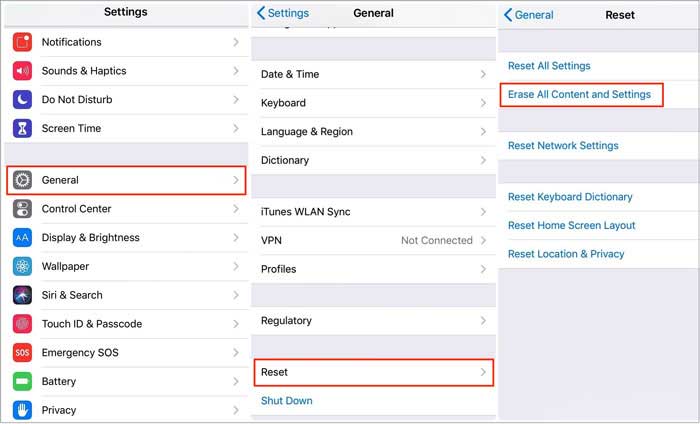
If you prefer not to handle it manually or are worried about data loss, iOS System Recovery is recommended. It can help you easily fix iOS system issues on your iPhone without losing data, whether it's device lag, update failures, or system crashes. With just a few simple steps, your iPhone can return to smooth operation.
Key features of iOS System Recovery:
Here is how to fix the iPhone so slow after iOS 17/18 update using iOS System Recovery:
01Click the download button below to download the tool. Run it and select "iOS System Recovery".
02Connect your iPhone to the computer and trust the computer. Click the "Start" button, then put the device into recovery mode.
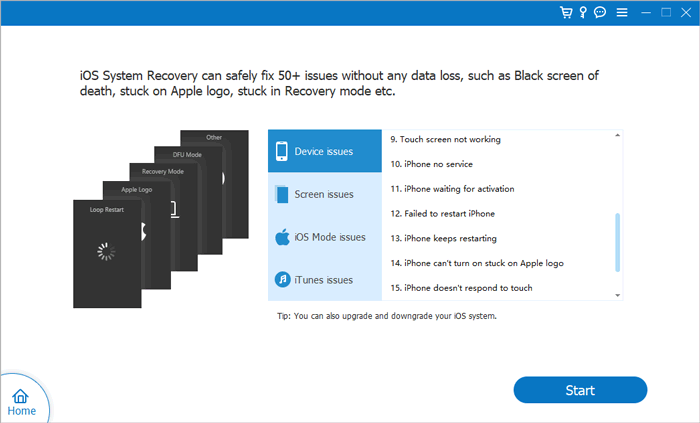
03Choose "Standard Mode". Click "Confirm" to proceed, and the iOS firmware will begin downloading.
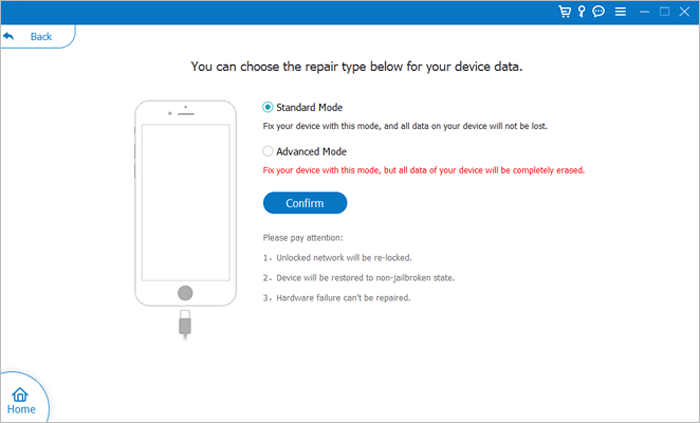
04Once the firmware has finished downloading, click the "Repair" button. The tool will start repairing the device to resolve the issue of the iPhone being slow after the iOS update.
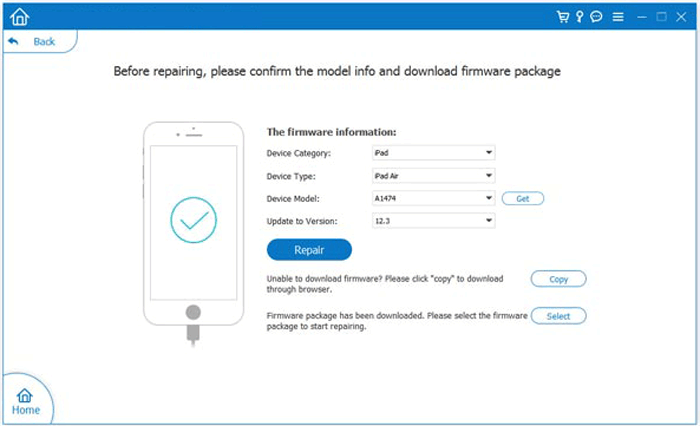
When your iPhone is slow after the iOS update, don't worry too much. By using the methods mentioned above, you can quickly enhance your device's performance. If you want a fast and efficient solution for iPhone lag issues, iOS System Recovery is the best choice for fixing iOS problems.
Related Articles:
How to Speed Up Android Phone Easily with 13 Fabulous Tips
[SOLVED] iCloud Backup Taking Forever? 7 Easy Ways Can Fix It
iPhone Downloading Messages from iCloud Stuck (Reasons & Fixes)
Is Your iPhone or iPad Unable to Check for Update? [100% Useful Tips]